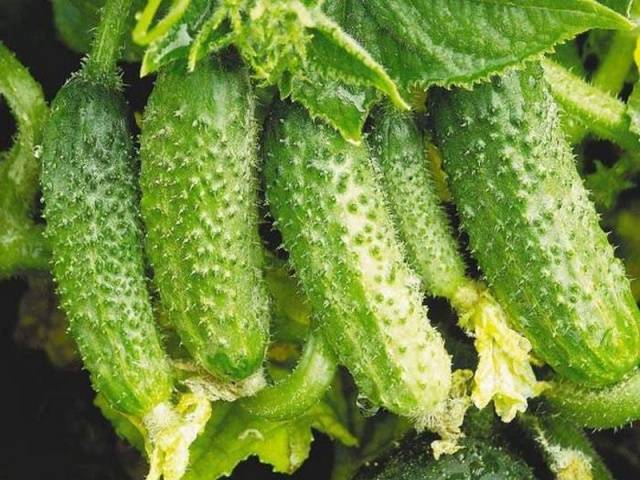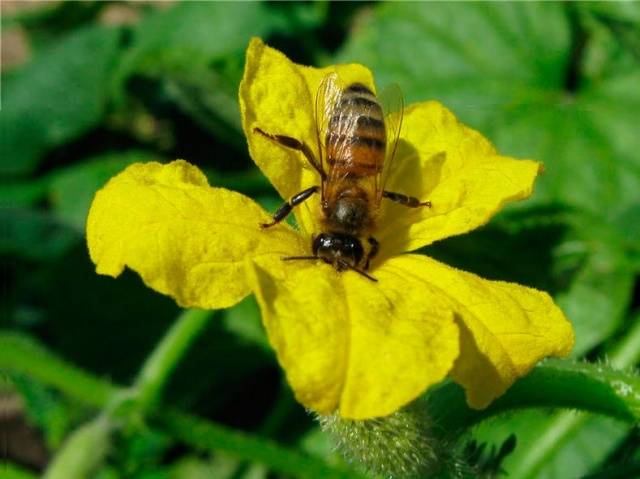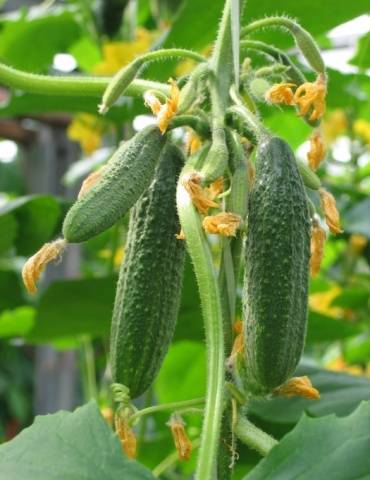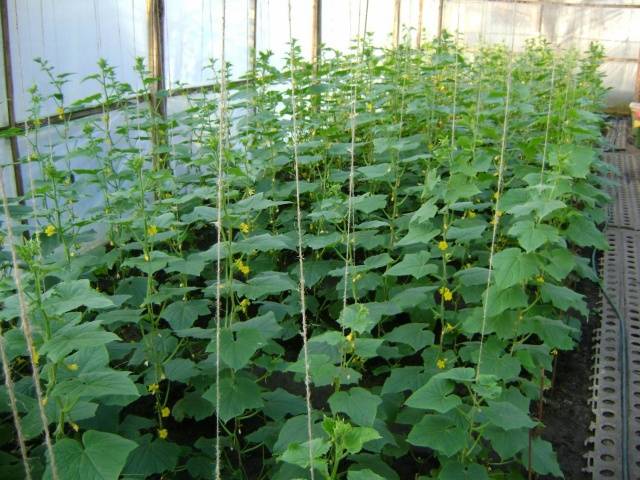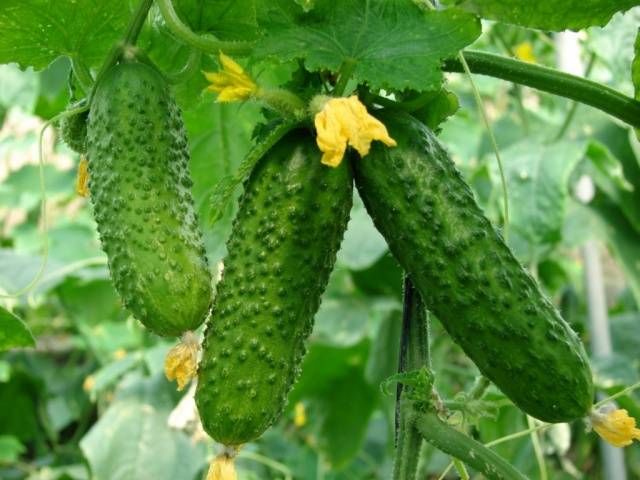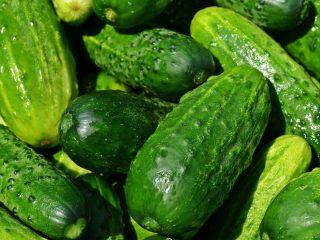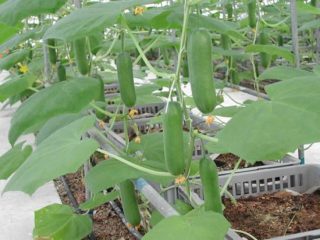Content
Today, a huge number of gardeners are engaged in growing cucumbers. The number of greenhouses on our sites. These vegetables are extremely popular due to their widespread use. V food and use in winter. In addition, cucumber consists of a large amount of water; it is not only healthy, but is also easily digested and does not overload the stomach. Let's talk about bunch cucumbers, which many have definitely heard of.
What kind of cucumbers are called bunched cucumbers?
There are no particular differences between the varieties of bunch cucumbers and ordinary ones. According to the name, they can form several ovaries in one bundle at the same time. Even if there are not one, but two ovaries in the nodule, the cucumber variety will be considered bunched.
Bunch varieties of cucumbers are just beginning their journey of popularity. Previously, it was difficult to find them on store shelves, but now their number is growing every year. Some gardeners are purposefully looking for a new cucumber variety to try, which they plant along with their favorite hybrids and varietal cucumbers.
Bundle-type varieties are hybrids. What does this mean? The fact is that each hybrid is grown from seeds only once; it does not produce offspring. That is, you cannot grow a new crop from a cucumber collected in the garden, unless it is a varietal type.For those who are going to select seeds, calibrate them and plant them again, I can immediately give advice - do not waste time.
Seed Selection Standards
The basis for selecting the right seeds for growing cucumbers in greenhouses is the ability to get a rich harvest without excessive effort. To do this, it is important to understand not only the difference between hybrids and varietal cucumbers, but also the pollination process.
All cucumbers are divided into three types according to the method of pollination:
- parthenocarpic;
- bee-pollinated (pollinated by insects);
- self-pollinating.
You can grow all three types in a greenhouse, but in the case of bee-pollinated varieties you will have to work hard:
- attract bees to the greenhouse;
- do the pollination yourself.
The flowering of a cucumber and the ability to pollinate it occur in an extremely short time. If the weather is cold and rainy at this time, the bees will not be able to wait. What to do in this case?
Independent cucumber pollination It is also possible that for this, male pollen needs to be transferred to the pistil of a female flower, which has an ovary in the form of a small cucumber at the base. Only in this case will the cucumber fruit develop from it.
WITH self-pollinating And parthenocarpic varieties this problem will not happen in a greenhouse. This process in these cucumbers occurs without the participation of external forces. However, let's return to the question of choosing a variety of bunched cucumbers for growing in a greenhouse. Having selected several positions, we will offer both self-pollinating and bee-pollinated types. Although it is not recommended for beginners to use the latter.
Varieties with high yields (table)
Here is a list of the most popular varieties of bunch-type cucumbers today. All of them grow well in a greenhouse.
- hybrid "Acorn";
- gherkins “Mother-in-law”;
- hybrid "Ajax";
- Levina cucumber;
- very beautiful looking hybrid “Blizzard”;
- "King of the Garden"
- cucumber "Gavroche";
- cucumber "Boy Thumb"
All of them are collected in a comparative table for your reference.
| Name of variety (hybrid) | Pollination method | Maturation speed | Fruit Description/Yield |
|---|---|---|---|
| Ajax | bee-pollinated | ultra-early hybrid (40-50 days before fruiting) | Length of greens: 6-12 centimeters; yield: 10 kg per 1 sq. meters |
| Snowstorm | parthenocarpic | ultra-early hybrid (40-42 days before fruiting) | Length of greens: 10-14 centimeters; yield: 15 kg per 1 sq. meters |
| Acorn | bee-pollinated | ultra-early hybrid (39-42 days before fruiting) | Greenweed length: 8-11 centimeters, up to 10 pieces in one ovary; yield: 11.5 kg per 1 sq. meters |
| Levina | bee-pollinated | early ripening hybrid (40-55 days before fruiting) | Length of greens: 8-12 centimeters; yield: up to 6 kg per 1 sq. meters |
| Tom Thumb | parthenocarpic | ultra-early hybrid (39-41 days before fruiting) | Greenweed length: 8-11 centimeters, up to 6 pieces in one ovary; yield: up to 13 kg per 1 sq. meters |
| mother-in-law | parthenocarpic | early ripening hybrid (45-48 days before fruiting) | Greenweed length: 11-13 centimeters, up to 4 pieces in one ovary; yield: up to 6.5 kg per bush |
| King of the bed | bee-pollinated | early ripening hybrid (45-48 days before fruiting) | Length of greens: 9-11 centimeters, 2-3 pieces in one ovary; yield: up to 6.2 kg per bush |
| Gavroche | parthenocarpic | early ripening hybrid (43 days before fruiting) | Length of greens: 10-14 centimeters; yield: 11 kg per 1 sq. meters |
Thus, bunch-type hybrids are distinguished by the following qualities:
- precocity;
- high productivity;
- small size greens;
- universal use of fruits;
- cucumber resistance to many diseases.
This contributes to an increase in demand among gardeners and use for both open ground and greenhouses. The bunch-type cucumber is usually tall, but there are also medium-sized varieties, for example, parthenocarpic "Robin Hood". Proper cultivation is the key to abundant fruiting.
A short and interesting overview of bunch-type cucumbers is presented in the video. The described varieties can be safely added to the presented list for growing in greenhouses.
Growing in greenhouses
Gardeners use two types of greenhouses:
- heated;
- unheated.
Based on this, there are two approaches to growing different varieties of cucumbers in them, depending on the type of shelter. The general requirements for greenhouses are:
- they must be high enough;
- It is believed that one of the best coatings is glass, but the most common is film;
- It is imperative to install a water source next to the greenhouse.
Remember that cucumber loves warmth, moist air and plenty of watering. At the same time, the dependence of the quality of irrigation on air temperature is as follows: the lower the temperature, the less abundant the watering should be. If the weather outside the window completely deteriorates, it is necessary to stop shower procedures in the form of spraying.
Watering is carried out only with warm water. It should be the same as the air temperature, regardless of the type of cucumber. Greenhouses are characterized by high air humidity. This is a plus of growing cucumbers in such conditions.It is necessary to ensure that water does not stagnate in the beds under the plants in the root zones. This is harmful to the root system. The cucumber does not tolerate this.
Bunch varieties cucumbers in greenhouses no need to plant too thickly. For them, certain conditions must be met for ventilation and sunlight. Be sure to perform root feeding. It is produced in one of the most convenient ways:
- mineral fertilizers;
- organic fertilizers.
All varieties of cucumbers need this. Feeding is done at least three times:
- two weeks after planting;
- during the flowering period;
- during the period of intensive fruiting.
For film-type greenhouses, additional heating can be provided. To do this, peat and processed sawdust are added to the soil.
Conclusion
Bundle-type cucumbers are ideal for greenhouses, especially self-pollinating varieties. They are easy to grow and a pleasure to harvest in large quantities. High yields will please any gardener.
